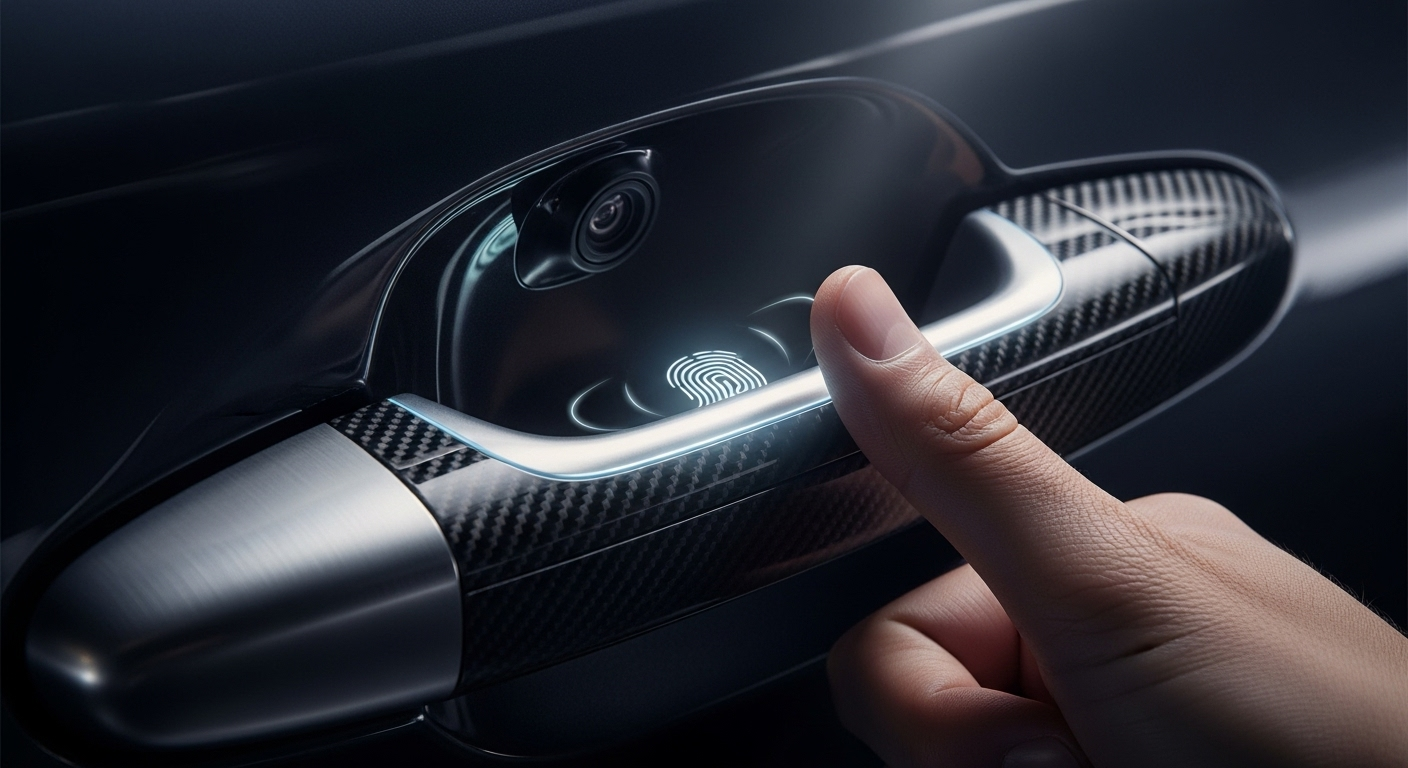Holographic Keyboards: The Future of Typing?
In a world where technology continues to shrink and become more portable, the keyboard has remained stubbornly static. But what if your keyboard could be as mobile and adaptable as your smartphone? Enter holographic keyboards, a futuristic input method that's been the stuff of science fiction for decades. Now, as advancements in projection and sensor technology accelerate, these ethereal interfaces are inching closer to reality. Let's dive into the world of holographic keyboards and explore how they might reshape our digital interactions.

A Brief History of Virtual Keyboards
The concept of virtual keyboards isn’t new. Patent filings for similar technologies date back to the early 2000s, with companies like IBM and Canesta exploring the possibilities. However, early prototypes were plagued by issues such as poor accuracy and high power consumption. It wasn’t until the late 2010s that advancements in projection and sensor technology made holographic keyboards a more viable option.
Current State of the Technology
Today, several companies are working on refining holographic keyboard technology. Celluon, a South Korean tech firm, has been at the forefront with its line of laser projection keyboards. These devices, while not truly holographic, project a red laser outline of a keyboard onto any flat surface. They’ve gained traction among tech enthusiasts but haven’t yet broken into the mainstream.
Challenges and Limitations
Despite the progress, holographic keyboards face several hurdles. One major issue is the lack of tactile feedback. Without the physical sensation of pressing keys, typing can feel unnatural and lead to increased errors. Some companies are experimenting with haptic feedback systems to address this, but the technology is still in its infancy.
Another challenge is environmental sensitivity. Current holographic keyboards struggle in bright light conditions and require a flat, uniform surface to function properly. This limits their usability in outdoor or unconventional settings.
Potential Applications
If these challenges can be overcome, the applications for holographic keyboards are vast. They could revolutionize mobile computing, allowing users to have a full-sized keyboard without the bulk. This technology could be particularly useful in fields like healthcare, where maintaining sterile environments is crucial. Imagine surgeons being able to input data without touching any physical surfaces.
The Road Ahead
As holographic keyboard technology continues to evolve, we can expect to see improvements in accuracy, responsiveness, and adaptability. Research into advanced materials like graphene could lead to more efficient projection systems, while developments in AI might enhance the keyboard’s ability to learn and adapt to individual typing styles.
The integration of holographic keyboards with augmented reality (AR) systems is another exciting possibility. This could lead to fully customizable interfaces that adapt to different tasks or preferences on the fly.
Market Potential and Price Points
While still largely in the prototype phase, early market estimates for holographic keyboard technology are promising. Analysts predict that as the technology matures, we could see widespread adoption in the next 5-10 years. Current laser projection keyboards retail for around $100-$200, but true holographic systems are expected to command higher prices initially, potentially in the $300-$500 range.
As with any new technology, these prices are likely to decrease as manufacturing processes improve and demand increases. Some industry experts predict that holographic keyboards could become a standard feature in high-end smartphones and laptops by the mid-2020s.
The Impact on Traditional Keyboards
It’s important to note that holographic keyboards are unlikely to completely replace traditional physical keyboards in the near future. Many users, especially those who type frequently or require high accuracy, will likely prefer the tactile feedback of physical keys. However, holographic keyboards could carve out a significant niche in mobile and flexible computing scenarios.
Conclusion
Holographic keyboards represent an exciting frontier in human-computer interaction. While the technology is still evolving, it has the potential to significantly impact how we input data and interact with our devices. As researchers continue to refine the technology, addressing issues like tactile feedback and environmental sensitivity, we may soon find ourselves typing on thin air as naturally as we do on physical keys today. The journey from science fiction to reality is well underway, and the future of typing may be more transparent than we ever imagined.





